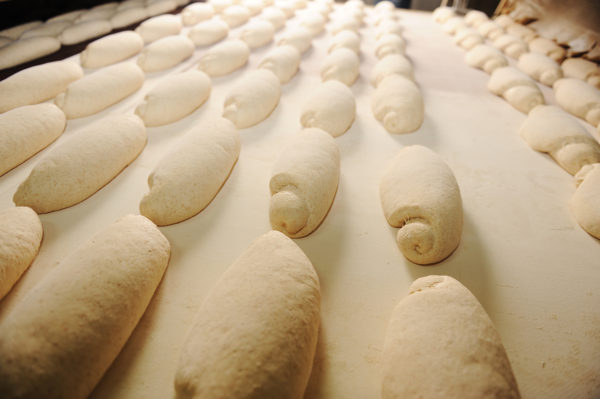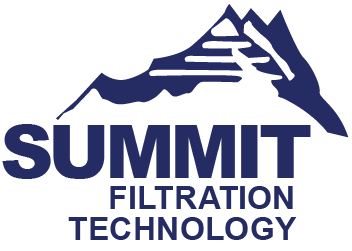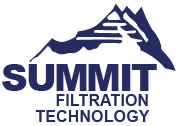Dust Collection and Dust Control Systems Keep Process Dust Where it Belongs
Management of process dust in industries dealing with food or other dry organic materials is similar to the handling of dust in other large-scale factory and industrial operations, but with some unique differences.
A dust collection system in a welding plant or a laser cutting facility is typically concerned with keeping particulates from becoming hazardous to workers, equipment and the workplace overall.
Conversely, dust control systems for non-industrial process dust not only protect everyone and everything within a facility from dust-related hazards, but they actually protect the dust, as well.
In order to maximize employee health and safety while minimizing product loss, it is crucial to employ specific dust control systems that can handle both functions.
Process dust will always disperse when putting dry food material or other organic matter through conveyors, hoppers and crushers; or when you mix, blend or transport it. However, the dust produced by these processes isn’t just a hazard – it’s product.
Summit has the expertise to develop the custom system your company requires to satisfy both needs.
Factors to Consider About a Process Dust Control System
A dust collection system and all of its components can only be as effective as the planning behind them. When it comes to compliance, safety and managing loss, you must ask all of the pertinent questions. Here’s a starter list.
- What type of products does your facility handle?
- Does your facility produce a large or small amount of dust?
- How would you describe the dust in your facility? Is it fine? Is it sticky?
- How much annual product loss do you generally project?
- Which option is the most energy-efficient and cost-effective?
Process Dust Management is About Design
Whether your product is corn starch or lawn fertilizer, you don’t want to lose more of it than you have to and you certainly don’t want it to harm your workers or your facility.
By minimizing the amount of process dust that escapes your product and collecting the little that does, you maximize what is sold to the end user and strengthen your company’s bottom line. Proper planning will help you install the dust control system that will achieve all of these goals at once.
Summit understands process dust and how to keep it under control. Our experts analyze the unique factors of every workspace and product, and then calculate how variables like air flow and enclosure types can limit the amount of dust that escapes in the first place.
Recommendations are focused on minimizing loss while remaining unobtrusive to company processes. For the unusable dust that does manage to escape, our experts will make recommendations about dust collection systems that will safely and efficiently capture process dust before it becomes a workplace hazard.

A Case in Point. When adding ingredients to a ribbon blender, many companies find that small amounts of dust escape the blender and become waste. Summit can design a top for the blender incorporating duct work to draw just enough air flow through to keep as much product inside the blender as possible. A little engineering can save a lot of product.
Explosive Dust Potential
Explosive dust is a hazard to be aware of in any facility where combustible dust is prevalent.
Several types of process dust are potentially combustible – including sugar, flours, milk powder, and many types of starches – creating a risk of workplace explosion.
Summit knows how to engineer dust control systems to mitigate explosion risks. Put our knowledge to work for you.
Process Dust Creates Real Health Hazards
While work with products creating process dust may not carry the same kind of dangers that one would expect from metalworking, there are health hazards.
Respiratory conditions are common reactions to occupational exposure to process dust. Inhalation of dusts such as flour can lead to long-term respiratory illnesses from asthma to lung cancer.
Skin conditions are quite common in facilities with process dust. Fine particles on the skin can bring about allergic reactions and ailments such as dermatitis.

